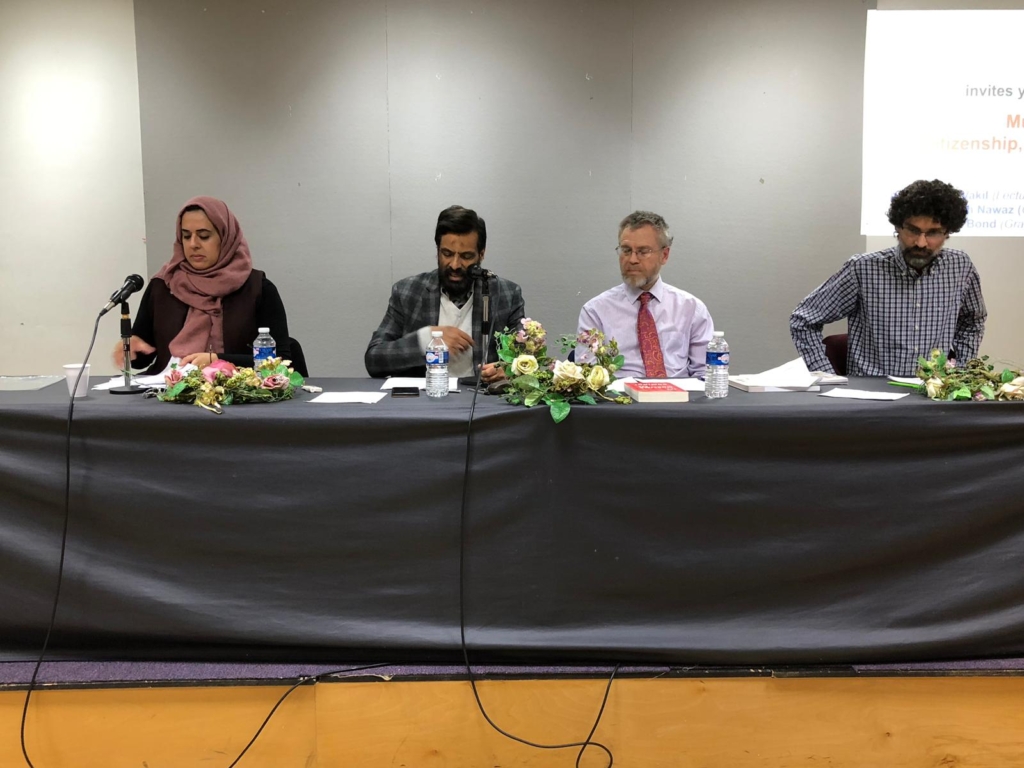The turmoil that continues to shake the Arab world has been referred to variously as revolutions, protest movements, pro-democracy movements, Arab uprising, rebellions, the January 25 movement (the Egyptian revolution), mass demonstrations for change, the Arab revolt, to cite but a few.
But none of the descriptions given to the events in the Arab world adequately and collectively captures the diversity of the events. And that despite the undeniable fact that they were all fuelled by common grievances: frustrations at the absence of democracy, denial of fundamental rights and liberties, deteriorating standards of living and anger at corruption and growing social injustice.
Take the term revolution in the sense of often violently demolishing an entrenched regime, uprooting its governing structures and destroying its symbols. While this may describe the events in Egypt (minus the violence on the part of the revolutionaries), it does not apply to Libya for instance where civil war is a more adequate description. While the term pro-democracy movement may properly describe the events in Tunisia, it is not helpful in furthering our understanding of the events in Syria or Bahrain where the term rebellion would be more appropriate.
My favourite description of these upheavals is the Arab Spring. There is something discreetly elegant about this term. Perhaps because it keeps a distance from the events, and is thus able to observe them as a set of interrelated events that can collectively and adequately be subsumed under a general heading.
Arab Spring may be elegantly discreet as a term but it is pregnant with meaningful connotations. First, spring suggests youth, and in this sense the usage of the term Arab Spring may be viewed as paying tribute to Arab youths who fuelled the pro-democracy movement. Spring also suggests optimism and hope; and in this sense the usage of the term Arab Spring may be expressive of the hopeful expectations for the success of the movement to end authoritarian regimes and usher in democracy and respect for human rights.
US President Barack Obama and his Secretary of State Hillary Clinton expressed support for these two elements of the Arab Spring: Youth, and hopeful expectations as the driving force for the transition to democratic governance.
The principal historical precedents for the use of the word spring in political speak place a sobering footnote to what otherwise looks like an optimistic but entirely plausible interpretation. The term spring was used in 1968 to refer to the reform movement in Czechoslovakia, which attempted to use political reform to loosen the grip of Soviet communism. Moscow responded to the attempt at liberalisation in Czechoslovakia by sending its tanks to Prague. That was the end of reform; and the end of the Prague Spring.
Interestingly the term spring, from the Prague Spring experience, was not used by the West to describe and encourage the pro-democracy movement that swept across eastern Europe following the Gorbachev revolution, in the 1980s. The democratic revolutions in eastern Europe were described by media and scholars in the West by reference to a specificity of theirs. Thus in Czechoslovakia, it was the velvet revolution, emphasising its very peaceful character and the involvement of many intellectuals in it, one of them — Vaclav Havel — became the first president of the democratic Czechoslovakia. In Ukraine, it was called the orange revolution referring to the sea of orange flags carried by the demonstrators to the parliament building.
More recently the term spring was used to describe the mass protests by Lebanese demanding the departure of Syrian troops. Syria complied and for awhile it seemed that the Lebanese Spring actually referred to the success of a popular movement that peacefully achieved its democratic demands. But Damascus managed to base its influence in Lebanon no longer on occupying troops, but on the loyalty of political allies in Lebanon.


